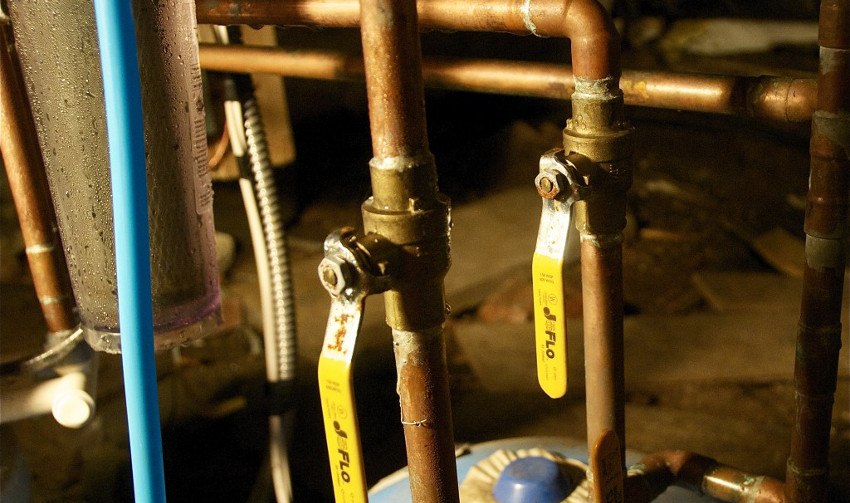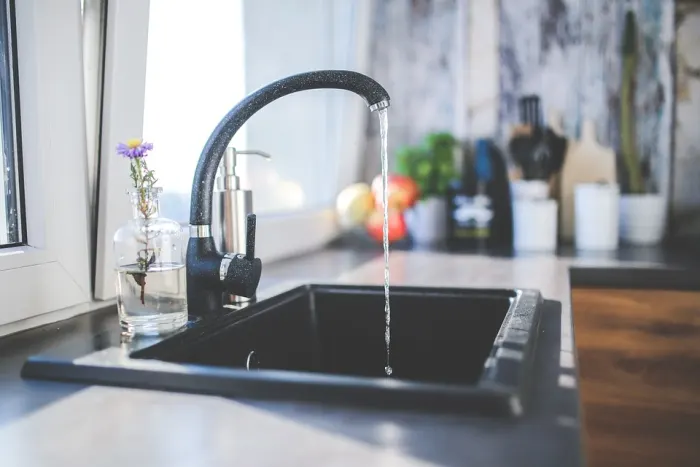They are making a few great annotation related to Diagnose Unwanted Plumbing Noises overall in this great article in the next paragraphs.

To diagnose loud plumbing, it is necessary to determine very first whether the undesirable noises occur on the system's inlet side-in other words, when water is transformed on-or on the drain side. Noises on the inlet side have actually varied causes: too much water stress, worn valve as well as tap parts, improperly connected pumps or other devices, incorrectly placed pipe bolts, as well as plumbing runs consisting of too many limited bends or other limitations. Sounds on the drainpipe side normally originate from inadequate area or, as with some inlet side sound, a design including limited bends.
Hissing
Hissing noise that occurs when a faucet is opened somewhat normally signals excessive water stress. Consult your neighborhood public utility if you believe this issue; it will be able to tell you the water stress in your area as well as can set up a pressurereducing shutoff on the incoming water pipeline if needed.
Various Other Inlet Side Noises
Squeaking, squealing, scratching, breaking, and also tapping generally are brought on by the growth or tightening of pipes, normally copper ones providing hot water. The audios occur as the pipes slide against loose bolts or strike nearby house framing. You can often determine the place of the trouble if the pipelines are subjected; simply comply with the sound when the pipes are making noise. Most likely you will certainly discover a loosened pipeline hanger or an area where pipelines lie so close to floor joists or other framing items that they clatter versus them. Connecting foam pipe insulation around the pipes at the point of get in touch with need to remedy the issue. Be sure straps and also wall mounts are safe and secure as well as supply appropriate support. Where possible, pipeline fasteners must be connected to substantial architectural components such as structure wall surfaces instead of to mounting; doing so reduces the transmission of resonances from plumbing to surfaces that can intensify and transfer them. If attaching bolts to framework is unavoidable, cover pipes with insulation or other durable material where they speak to bolts, and sandwich completions of new bolts between rubber washers when installing them.
Fixing plumbing runs that suffer from flow-restricting limited or various bends is a last hope that should be embarked on just after seeking advice from a proficient plumbing contractor. Regrettably, this scenario is relatively usual in older residences that might not have been developed with interior plumbing or that have actually seen numerous remodels, especially by beginners.
Chattering or Shrilling
Extreme chattering or shrilling that takes place when a shutoff or tap is activated, and that normally vanishes when the fitting is opened totally, signals loose or malfunctioning interior parts. The solution is to replace the shutoff or tap with a new one.
Pumps and devices such as washing equipments and also dish washers can transfer electric motor sound to pipelines if they are incorrectly linked. Link such products to plumbing with plastic or rubber hoses-never inflexible pipe-to isolate them.
Drain Noise
On the drainpipe side of plumbing, the chief objectives are to remove surfaces that can be struck by dropping or rushing water and also to insulate pipes to consist of unavoidable noises.
In brand-new construction, bath tubs, shower stalls, toilets, and wallmounted sinks as well as containers must be set on or versus resistant underlayments to lower the transmission of audio through them. Water-saving commodes as well as faucets are much less loud than conventional versions; mount them instead of older types even if codes in your area still permit utilizing older fixtures.
Drainpipes that do not run up and down to the basement or that branch into horizontal pipe runs sustained at flooring joists or various other mounting present particularly problematic noise issues. Such pipes are large enough to radiate considerable resonance; they additionally lug substantial quantities of water, that makes the scenario worse. In brand-new building and construction, define cast-iron dirt pipelines (the big pipes that drain bathrooms) if you can afford them. Their massiveness includes much of the noise made by water travelling through them. Additionally, stay clear of directing drainpipes in walls shown bed rooms and also areas where people gather. Walls having drains ought to be soundproofed as was defined previously, utilizing double panels of sound-insulating fiber board and also wallboard. Pipelines themselves can be wrapped with unique fiberglass insulation created the purpose; such pipes have an impervious plastic skin (in some cases containing lead). Outcomes are not always satisfactory.
Thudding
Thudding sound, often accompanied by trembling pipes, when a faucet or appliance shutoff is shut off is a problem called water hammer. The noise as well as resonance are triggered by the reverberating wave of stress in the water, which all of a sudden has no location to go. In some cases opening a shutoff that discharges water quickly into an area of piping consisting of a restriction, arm joint, or tee fitting can generate the same condition.
Water hammer can usually be treated by installing fittings called air chambers or shock absorbers in the plumbing to which the trouble valves or taps are connected. These tools allow the shock wave produced by the halted flow of water to dissipate in the air they contain, which (unlike water) is compressible.
Older plumbing systems may have brief upright areas of capped pipeline behind walls on tap runs for the exact same purpose; these can ultimately full of water, reducing or destroying their efficiency. The cure is to drain pipes the water system entirely by shutting off the primary water valve and also opening up all faucets. Then open up the major supply valve as well as shut the taps one at a time, starting with the tap nearest the valve as well as ending with the one farthest away.
WHY IS MY PLUMBING MAKING SO MUCH NOISE?
This noise indeed sounds like someone is banging a hammer against your pipes! It happens when a faucet is opened, allowed to run for a bit, then quickly shut — causing the rushing water to slam against the shut-off valve.
To remedy this, you’ll need to check and refill your air chamber. Air chambers are filled with — you guessed it — air and help absorb the shock of moving water (that comes to a sudden stop). Over time, these chambers can fill with water, making them less effective.
You’ll want to turn off your home’s water supply, then open ALL faucets (from the bathroom sink to outdoor hose bib) to drain your pipes. Then, turn the water back on and hopefully the noise stops! If you’re still hearing the sound, give us a call to examine further.
Whistles
Whistling sounds can be frustrating, as sometimes the source isn’t easily identified. However, if you can pinpoint which faucet or valve that may be the cause, you’ll likely encounter a worn gasket or washer — an easy fix if you replace the worn parts!Whistling sounds from elsewhere can mean a number of things — from high water pressure to mineral deposits. Your best plan of attack here is to give our plumbing experts a call. We’ll be able to determine where the noise is coming from and what the cause may be, then recommend an effective fix!
Cracks or Ticks
Cracking or ticking typically comes from hot water going through cold, copper pipes. This causes the copper to expand resulting in a cracking or ticking sound. Once the pipes stop expanding, the noise should stop as well.
Pro tip: you may want to lower the temperature of your water heater to see if that helps lessen the sound, or wrapping the pipe in insulation can also help muffle the noise.
Bangs
Bangs typically come from water pressure that’s too high. To test for high water pressure, get a pressure gauge and attach it to your faucet. Water pressure should be no higher than 80 psi (pounds per square inch) and also no lower than 40 psi. If you find a number greater than 80 psi, then you’ve found your problem!
Next step is to give us a call in order to install a pressure regulator. Trust us, you don’t want to wait to resolve this issue. Not only is the sound annoying, but high water pressure can be destructive to your home — including damaging certain appliances, like your washer and dishwasher.
Dripping
You might be accustom to the slow quiet drip your kitchen faucet makes. You might have even tuned out your bathroom sink dripping and drabbing all day long — but it’s time to find its cause.
A slow drip could signify a variety of easy to fix issues, such as a worn out O ring, or loose part. And by ignoring the drip, you could be wasting up to 2,000 gallons of water a year! So start conserving water — get it looked at ASAP.
https://www.pwessig.com/blog/2018/december/why-is-my-plumbing-making-so-much-noise-/

We were brought to that editorial on Why is My Home Making Strange Plumbing Noises through an acquaintance on another web blog. Kindly take a moment to share this blog if you appreciated it. I thank you for reading our article about Why Do My Pipes Make Noises.
Secure your space, call!